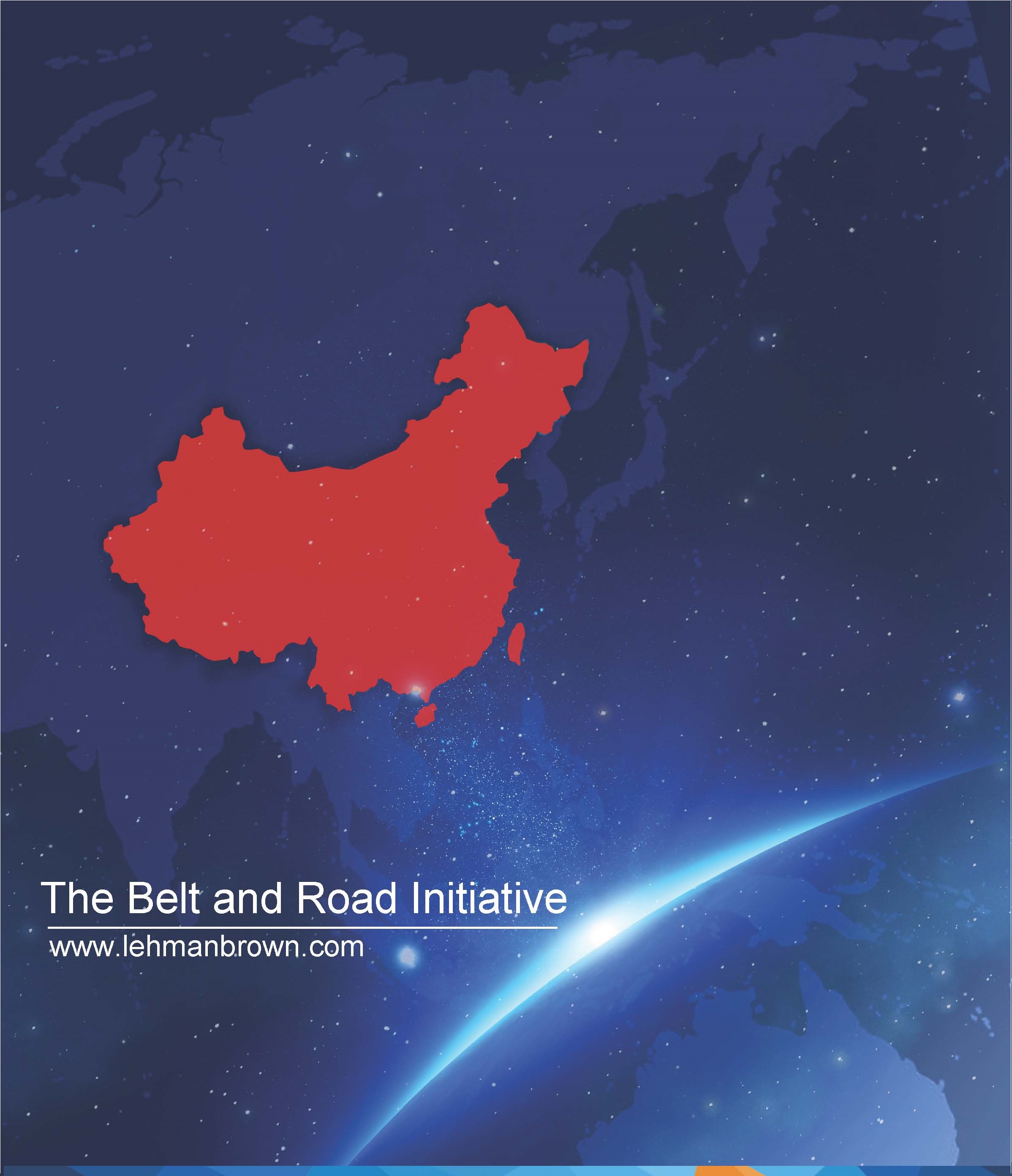|
The Belt and Road Initiative
The Belt and Road Initiative Background
The ‘Belt and Road Initiative' (BRI) or ‘One Belt, One Road’ (OBOR) is a project launched by China to develop countries and improve global connectivity. First unveiled in 2013 by Chinese President Xi Jinping, the initiative has and continues to grow in scale and popularity. The initiative is focused on creating networks that will allow for a more efficient and productive free flow of trade as well as further integration of international markets both physically and digitally.
BRI is comprised of the ‘21st Century Maritime Silk Road’ and the ‘Silk Road Economic Belt’ together they will connect more than 65 countries making up over 62% of the world’s population, around 35% of the world’s trade and over 31% of the world’s GDP. It will take the form of a series of highways, railways and ports as well as facilities for energy, telecommunications, healthcare and education.
The initiative includes 6 international‘corridors'. These include: (1)‘The new Eurasia land Bridge’, (2)‘The China-Mongolia-Russia economic corridor’, (3)‘China-Central Asia-West
Asia economic corridor’, (4)‘China-Indochina Peninsular Economic Corridor’, (5)‘China-Pakistan Economic Corridor’, (6)‘Bangladesh-China-India-Myanmar Economic Corridor’.
BRI focuses on five main goals. (I) ‘Policy Coordination’; meaning the initiative intends to encourage Countries to jointly work and cooperate with each other to achieve projects. (II) ‘Cultural Exchange’; this being the aim to promote people-to-people bonds and friendly interaction between enterprises as well as deeper cultural understanding so as to further international cooperation. (III) ‘Financial Integration’; BRI is designed to enhance monetary and financial cooperation when monitoring and dealing with risk as well as general financial interactions. In addition, it looks to expand currency exchange and scope. (IV) ‘Trade and Investment’; through BRI cross-border investments and trade are aimed at being made easier and more cooperative between countries on the Belt and Road, promoting economic integration. (V) ‘Facilities Connectivity’; this is the focus on building facilities to enable greater connectivity between countries on the Belt and Road e.g rebuilding and developing ports, removing barriers, fixing roads etc. As well as creating better networks through the development of highways, railways and fibre-optic lines between countries along the Belt and Road.
According to Chinese President Xi Jinping as of January 2017 more than 100 countries and international organisations have responded well to the initiative and over 40 have signed cooperation agreements. Already, over $900 billion USD of BRI related projects are under way. However, it is worth noting that The Asian Development Bank estimate that by 2030 the initiative will cost over $22.6 trillion. None the less the Initiative has received an immense amount of positive reactions.
In collaboration with the Belt and Road Initiative the Asian Infrastructure Investment Bank (AIIB) was established with its headquarters in Beijing. AIIB is, (according to its official website) “a new multilateral financial institution founded to bring countries together to address the daunting infrastructure needs across Asia”. It was formally opened in January 2016 and to date has 56 member states and 26 prospective members including all BRICS countries as well as England, France, Italy, Germany and Hong Kong. China is the largest shareholder with 26.06% of the votes. It is the only party with more voting power than the combined power of the 14 EU members of AIIB who hold a total of 19.04% of voting rights. In 2016, the bank committed $1.73 billion USD to nine development projects along the Belt and Road, 6 of which are in collaboration with lenders including the World Bank and the Asian Development Bank. The bank is credited with further connecting China to the rest of the world through international financial transactions and funding infrastructure. If you want more details, please click this link.
|



